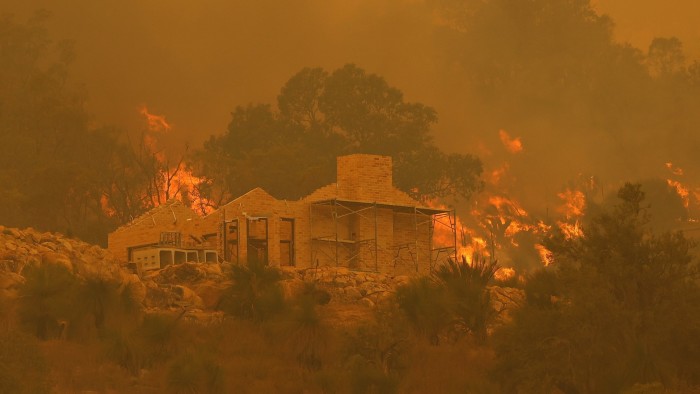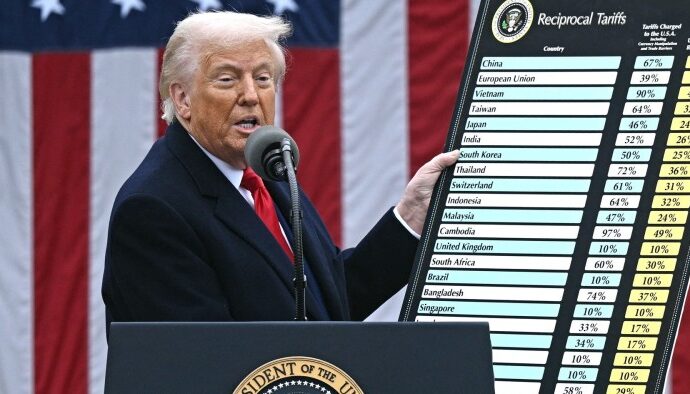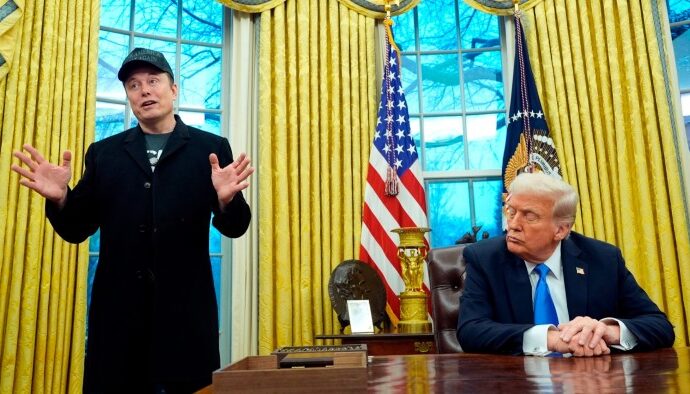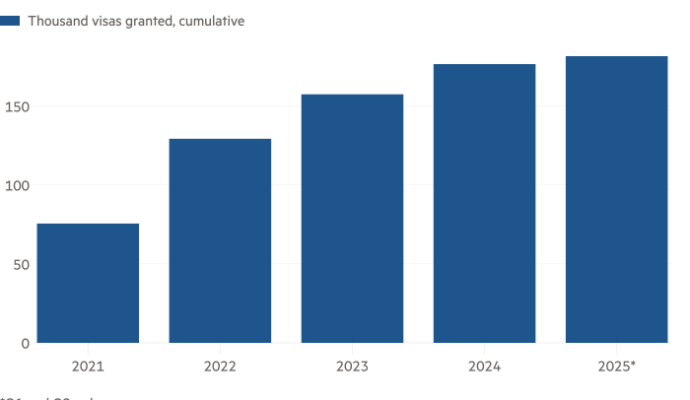
Unlock the Editor’s Digest for free
Roula Khalaf, Editor of the FT, selects her favourite stories in this weekly newsletter.
A recent report from the Australian Climate Service — a congregation of meteorologists, scientists and statisticians — has laid out in brutal terms what rising temperatures could mean for the country.
Between 2007 and 2017 the number of deaths in Sydney caused by extreme heat exceeded 340, according to the ACS, and could rise by 444 per cent in the next 25 years. That has reinforced the “lethal humidity” argument that one of the country’s richest men, billionaire iron ore magnate Andrew “Twiggy” Forrest, once warned would leave Australia trying to “uncook an egg” if it failed to act.
Yet this dystopian vision of mortality rates is not the big takeaway from the report. Instead, the front pages of Australian newspapers have chosen to focus on the impact on property values. Losses, they wrote, could reach A$611bn ($396bn) by 2050.
The outlook is grim. Real estate agents in big cities will be left warning successful buyers that they won’t be able to safely walk outside to fetch the recycling bin. But at least backyard barbecues could be self-immolating.
The warning came days ahead of the Australian government’s new plan to reduced emissions by between 62 per cent and 70 per cent by 2035 compared with 2005 levels, a target it described as achievable, rather than fanciful.
The Labor government, which is vying to host COP31 next year, has tried to tread a fine line on this issue. The range is short of the 75 per cent target demanded by many environmental groups, enraged that Labor has approved new gas projects. But the fragility of the country’s energy system — evinced by the number of major mining companies railing against high energy prices and seeking bailouts — has acted as a brake on climate ambitions.
That was clear when the government laid out the economic benefits of an “orderly” transition to net zero. It has set a top-line scenario, based on Treasury guidance, in which Australia’s transition by 2050 creates an economy A$2.2tn larger — equivalent to A$36,000 per person — with an additional 5.1mn jobs created.
For Matt Kean, who advised the government on the emissions target in his role as chair of the Climate Change Authority, the focus on house prices and job creation is a sensible way to bolster support for the more ambitious emissions target — as opposed to concentrating on the more lethal aspects of climate change.
“People are not always persuaded by doomsday outlooks. They’re persuaded by economics, like putting solar panels on your roof that save you money. But when it comes to their kid’s future or the family home, then they definitely do listen,” he says.
For now, the nation’s house sellers seem unperturbed. Nerida Conisbee, chief economist at Australia’s largest estate agent Ray White, says affluent areas ravaged by bushfires and floods have a tendency to bounce back because they’re often located in desirable areas adjacent to water or national parks and have the money to adapt properties to environmental threats. She pointed to Mallacoota, a picturesque coastal town on the tip of Victoria that was devastated during the 2020 bushfires, where house prices surged 70 per cent within three years.
Australia’s population is projected to swell by more than 10mn by 2050, which may also underpin house price growth over time.
That could suggest a nonchalant attitude towards biblical-level climate threats. But the story is different in towns like Lismore in northern New South Wales, which has been repeatedly hit by devastating floods. Parts of the town are now uninsurable. With droughts, fires and floods a more regular feature of Australia’s landscape, other communities may face similar struggles. “There will be more Lismores,” Conisbee warns.
The stark warning about lethal humidity — backed up by the house price alarm — is thus a useful backdrop for Labor to sell its emissions reduction plans to the country. Achieving it by walking the line between industry demands and environmental alarm could prove to be a lasting legacy.


